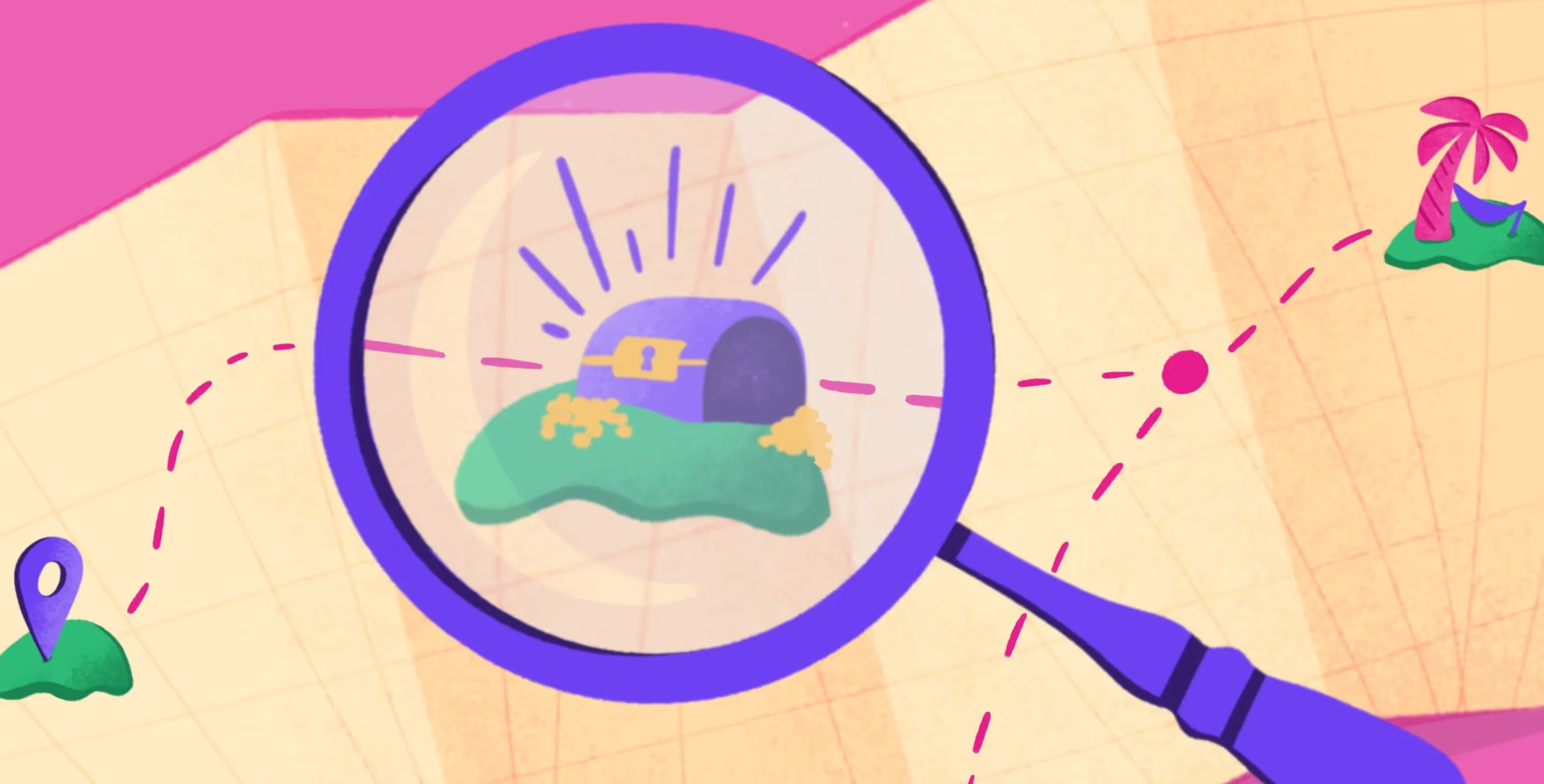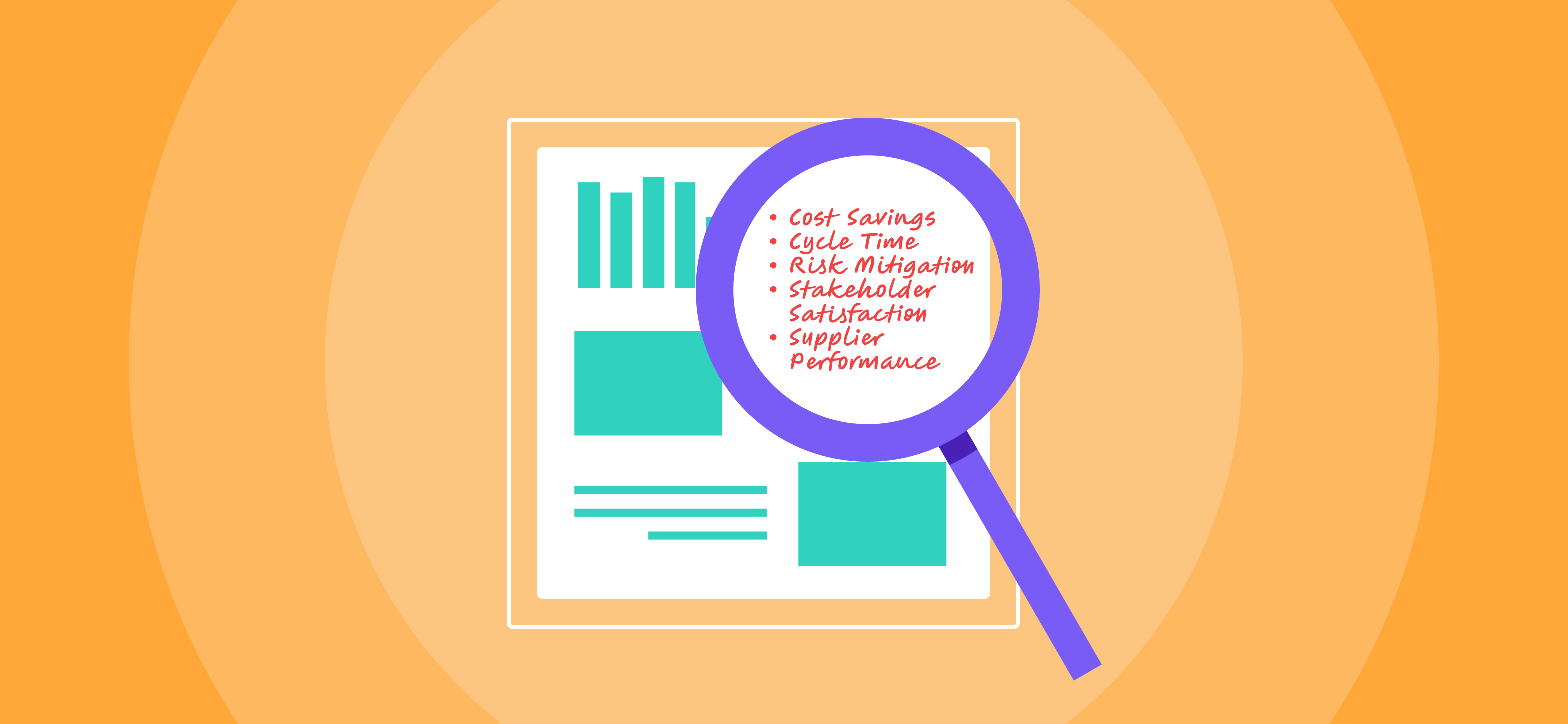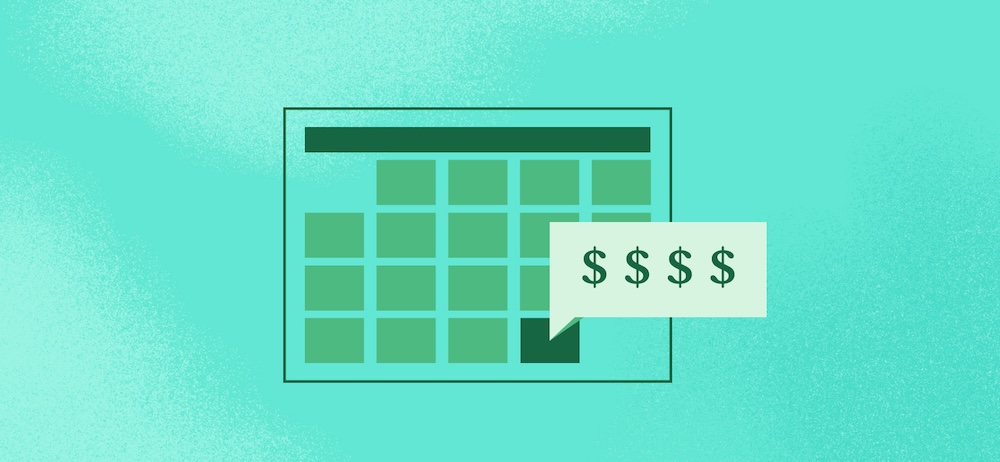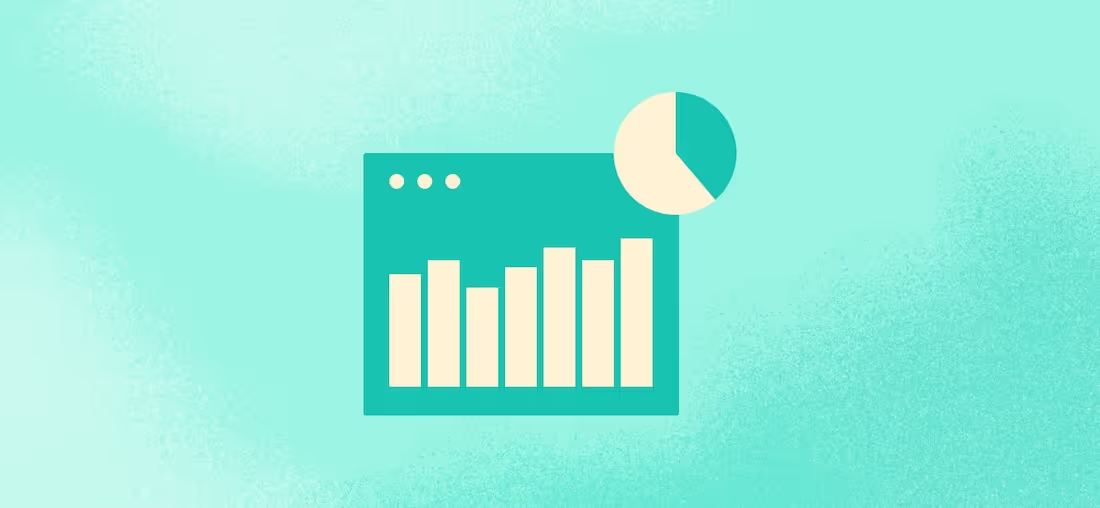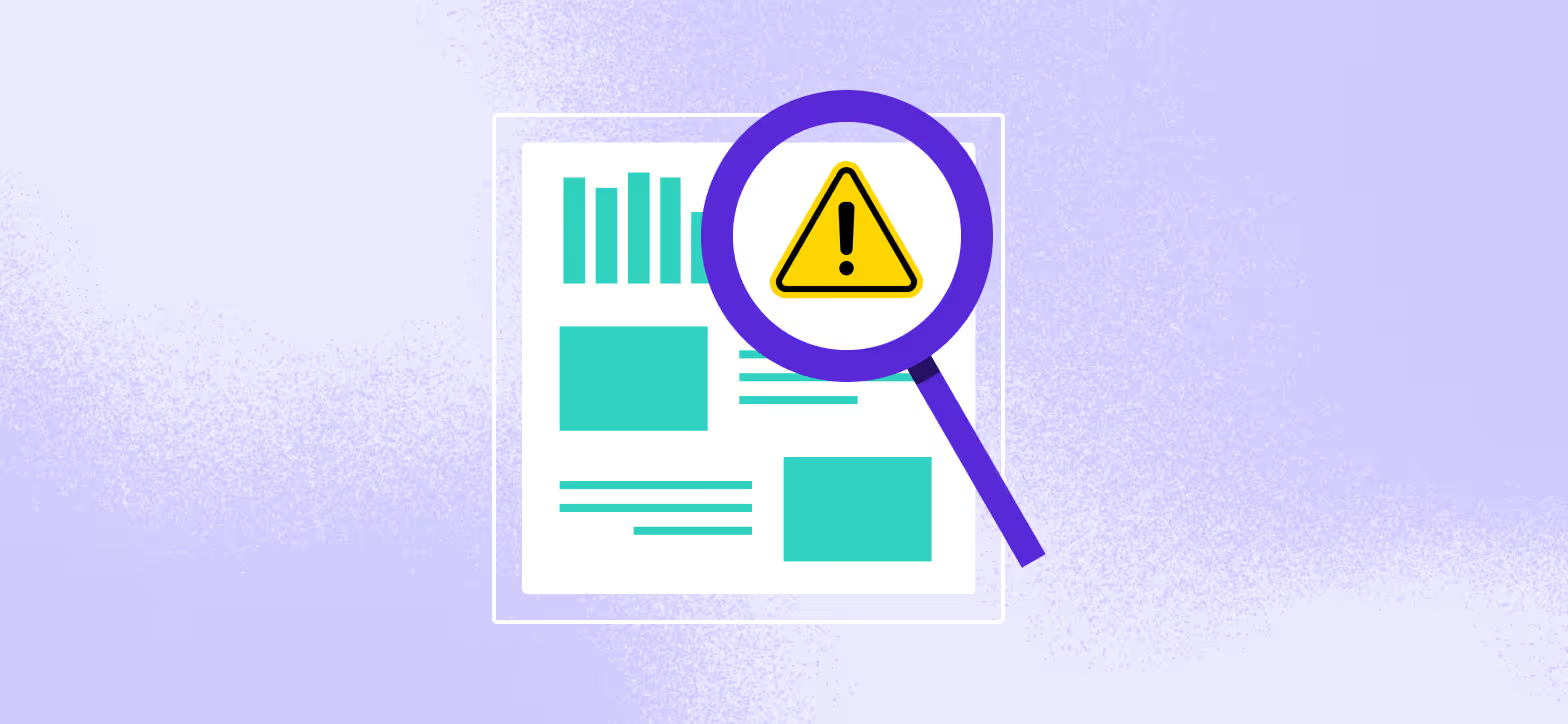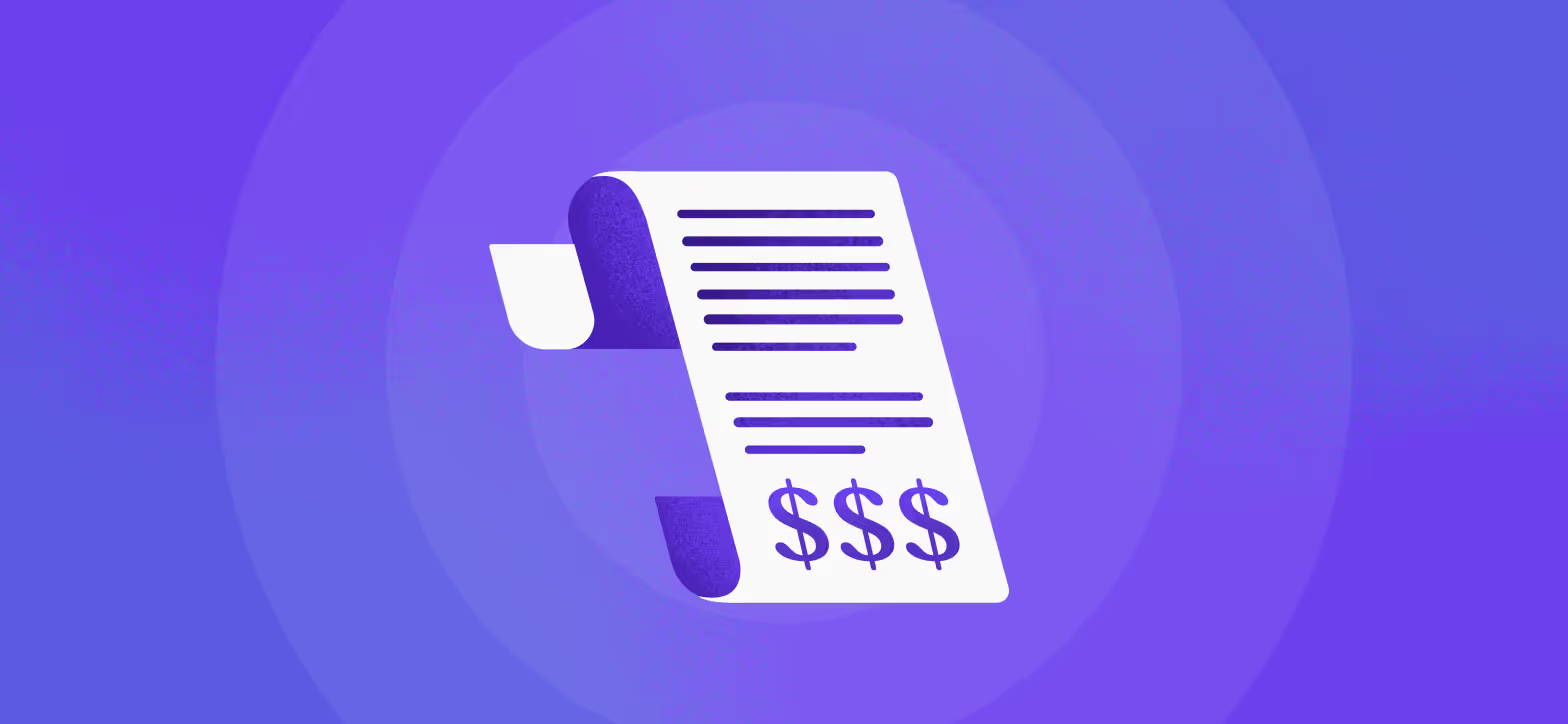Sourcing can feel like a concept that applies more to non-digital industries like food or manufacturing. How much aluminum and rubber do I need to make a car? Where do I source those raw materials?
But sourcing has also become absolutely critical in the digital world, and it plays as big a part in signing up for a SaaS platform as it would in building a Saab.
In this post, we’ll dive into software sourcing and explain how it relates to and differs from a similar concept, procurement. In the end, you’ll understand why and how both play a part in the software-buying process for your business.
What is procurement?
We covered this in a recent blog post, but in short, procurement is the entire process that you go through when purchasing new software for your business.
This includes everything from making sure you’re working with stakeholders to understanding their needs, and subsequently making sure the vendor you choose offers everything stakeholders have told you is important. The whole point of the procurement process: ensuring you make decisions that meet your team’s needs and don’t cost you more than anticipated.
What is sourcing?
One way to think about sourcing: it’s essentially a part of the procurement process, one in which you learn as much as possible about the potential tools you could be bringing into your organization.
You’re effectively vetting a wide range of companies to make sure they meet your needs, fall within your price range, and tick all the boxes outlined by your stakeholders. The goal of the sourcing process is to create a short list of qualified vendors that you can turn to in the later stages of procurement for demos, walkthroughs, and sales calls.
Sourcing vs. procurement: What's the difference?
There are a couple of notable differences between software sourcing and procurement. The first is that sourcing is only part of the procurement process. It typically happens after you’ve talked to stakeholders, assessed your business needs, and defined your criteria for purchasing, but before you actually make the purchase.
The second difference is that procurement focuses on the internal needs of your company. A procurement team (or whoever’s in charge of procurement at your company) sets the guidelines you use when you want to buy a new SaaS tool. Sourcing is looking for a platform that satisfies those needs. Whoever does the sourcing works to establish a list of possible vendors that can do everything you need, at a price that’s reasonable to your organization.
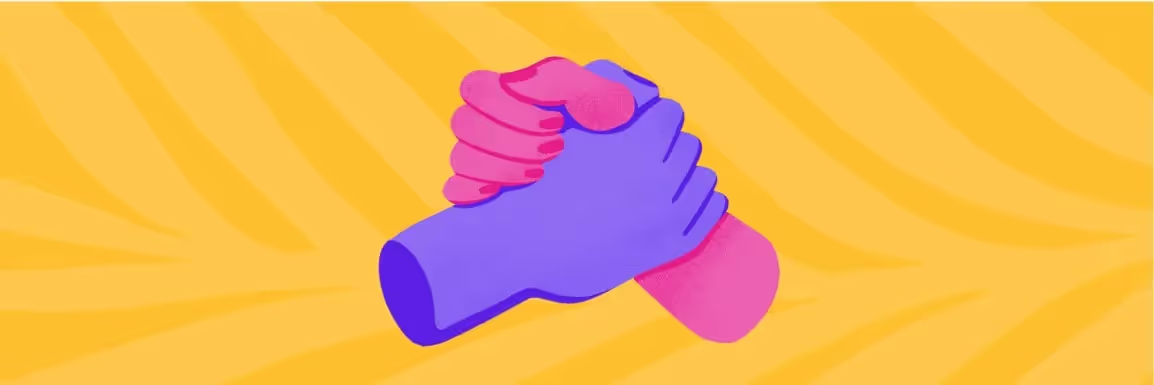
How sourcing and procurement work together
Sourcing and procurement are part of a process that creates an organized way to bring new software tools into your business. When done correctly, they prevent you (or anyone in your organization) from making purchases that don’t help you meet your goals, don’t satisfy the needs of stakeholders, or do the same thing as other platforms you’re using.
You could do one without the other, but that’s kind of going fishing without a fishing rod. Any success you have will be way more work than it should be and you won’t even necessarily catch what you’re looking for.
The importance of supplier relationship management
Supplier relationship management is exactly what you think it is: maintaining a healthy relationship with the companies you get your software from.
Within this: keeping tabs on whether a supplier will meet your needs in the future (what’s in their dev pipeline), ensuring that you’re getting the best rate for what you’re using (contract management), and keeping tabs on whether the tool still does what you need it to do (is it useful?).
The nice thing is that SaaS organizations are increasingly proactive about maintaining these relationships. Customer success teams are in place to make sure that you continue to find value through your relationships and can even identify when you’re showing signs of becoming unsatisfied with their product (thanks to customer success tools).
Best practices for sourcing software
We covered all the best practices for procurement here, so below we’ll focus on sourcing.
You want a sourcing strategy that covers everything. It may seem like overkill, but any time you cut corners on a process, it ends up coming back to bite you in the end.
Consider factors like:
- Features: Do they currently offer everything you need? If not, are they things that you could live without for a while (if, say, they planned on releasing those features soon).
- Future release plans: What does their release pipeline look like? Will they be releasing features that look helpful, or does it seem like they’re heading in a different direction from your business needs?
- Pricing: This is an obvious one, but does their pricing structure meet your needs, both now and in the future? If scaling with them will cost a fortune, you may need to look elsewhere.
- Scalability: Is it possible to scale? Some tools completely fall apart when you grow too big, while others were literally built to handle bigger companies.
- Support: Support can make or break a relationship with suppliers. If you see that there are a lot of complaints about support times or resolutions, look elsewhere.
- Community: This isn’t a totally necessary piece of the puzzle, but it helps. SaaS vendors are increasingly using communities to keep their customers engaged and to reduce the amount of time it takes to solve simple problems (especially for the DIY types).
- Company viability: It’s worth the time upfront to research a supplier’s competition, understand where it sits in the market landscape, and know whether the company itself has legs. A quick skim of G2 reviews should reveal red flags, like a buggy product, failed product launches, or major budget troubles.
It also helps to work with sourcing and procurement experts to make sure that you’re not missing any details (or, worse, getting lost in the details). Someone who lives and breathes sourcing can turn a complex, time-consuming aspect of your procurement process into something that you don’t even have to think about.
Understanding the distinctions
Knowing the difference between sourcing and procurement can make all the difference when it comes to navigating SaaS buying decisions. Remember: procurement is the whole process, while sourcing is a critical part of it. The diligent vetting involved in good sourcing is what can help a procurement team make the right final choice.
As you set sail on a software-buying journey, Tropic helps you take sourcing to the next level with Supplier Intelligence, the largest unbiased database of SaaS suppliers that contains price benchmarks, negotiation strategies, and market insights.
FAQs
Is sourcing part of procurement?
Yes, sourcing is typically considered a subset of procurement. It comes earlier in the procurement process and involves finding the best suppliers for the required goods or services.
What is the goal of sourcing?
The goal of sourcing is to identify cost-effective, reliable, and high-quality suppliers or vendors who can meet the organization's needs. It also focuses on building long-term supplier relationships.
What is the goal of procurement?
The goal of procurement is to ensure that goods and services are purchased in a timely, efficient, and cost-effective manner while maintaining compliance with the organization's policies and budget.
Which comes first: sourcing or procurement?
Sourcing typically comes first. Once the suppliers are identified and evaluated through sourcing, the procurement process begins to finalize contracts and place orders.
What activities are included in sourcing?
Sourcing includes:
- Supplier identification and evaluation
- Market research
- Request for Proposal (RFP) or Request for Quotation (RFQ)
- Supplier negotiations
- Supplier selection and onboarding
What activities are included in procurement?
Procurement includes:
- Purchase requisitions and orders
- Supplier communication
- Contract management
- Invoice management and payment
- Supplier performance evaluation
Can sourcing and procurement be managed by the same team?
Yes, in many organizations, the same team handles both sourcing and procurement. However, in larger organizations, these functions may be managed by separate teams to ensure specialized focus.
How do sourcing and procurement contribute to cost savings?
Sourcing reduces costs by identifying competitive suppliers, negotiating better rates, and securing volume discounts. Procurement manages spending efficiently by optimizing purchase processes and preventing waste or overspending.
What are some common challenges in sourcing?
Common sourcing challenges include:
- Finding reliable suppliers
- Managing supplier risks
- Ensuring ethical sourcing practices
- Navigating fluctuating market conditions
What are some common challenges in procurement?
Common procurement challenges include:
- Managing procurement budgets
- Ensuring compliance with policies
- Avoiding supply chain disruptions
- Handling invoice errors or delays
How can companies improve their sourcing and procurement processes?
Companies can improve these processes by:
- Using automation and technology
- Regularly evaluating supplier performance
- Training staff in best practices
- Aligning sourcing and procurement strategies with business goals
Related blogs
Discover why hundreds of companies choose Tropic to gain visibility and control of their spend.


